The main job roles of Data Science are:
- Data Scientist
- Data Engineer
- Data Analyst
- Statistician
- Data Architect
- Data Admin
- Business Analyst
- Data/Analytics Manager
Data Scientist: A data scientist works with a vast amount of data to develop captivating business understanding by deploying various tools, techniques, methodologies, algorithms, etc.
Data scientists discover insights from large amounts of structured and unstructured data to help shape or meet specific business needs and goals. The data scientist role is essential as businesses depend more heavily on data analytics to drive decision-making and bend on automation and machine learning as core components of their IT strategies.
For becoming a data scientist, one should have technical language skills such as R, SAS, SQL, Python, Hive, Pig, Apache Spark, MATLAB. Data scientists must also have an understanding of Statistics, Mathematics, visualization, and communication skills.
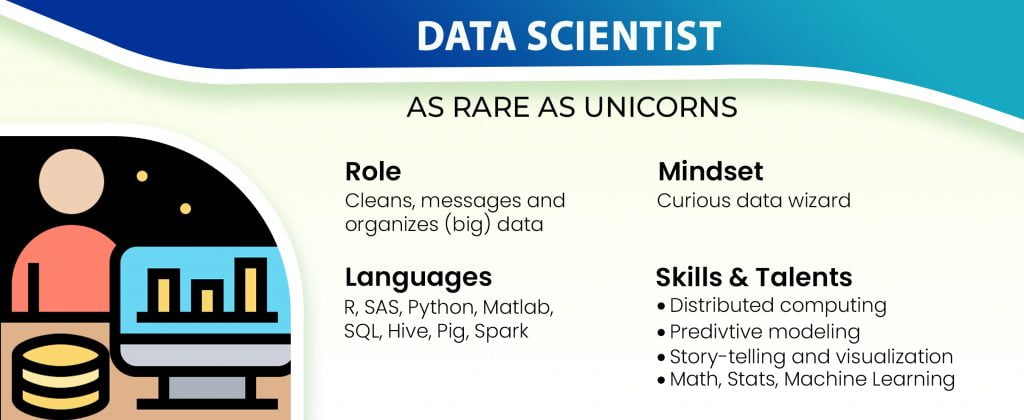
Data Engineer: A data engineer works with a vast amount of data and is responsible for building and maintaining a data science project’s data architecture. Data engineers also create data set processes used in modeling, mining, acquisition, and verification.
Data engineers are responsible for finding shifts in data sets and developing such algorithms to make raw data more useful to the enterprise. Data engineers require a significant technical skillset, including in-depth knowledge of SQL database design and multiple programming languages. However, data engineers also need communication skills to work across departments to understand what business leaders want to gain from their large datasets.
Data engineers are also responsible for building algorithms to help give more convenient access to raw data, but for this, they need to understand the company’s or client’s objectives. It is essential to have business goals in line while working on data, especially those companies that handle large and complex datasets and databases.
Data engineers must know SQL, MongoDB, Cassandra, HBase, Apache Spark, Hive, MapReduce, Python, C/C++, Java, Perl, etc.
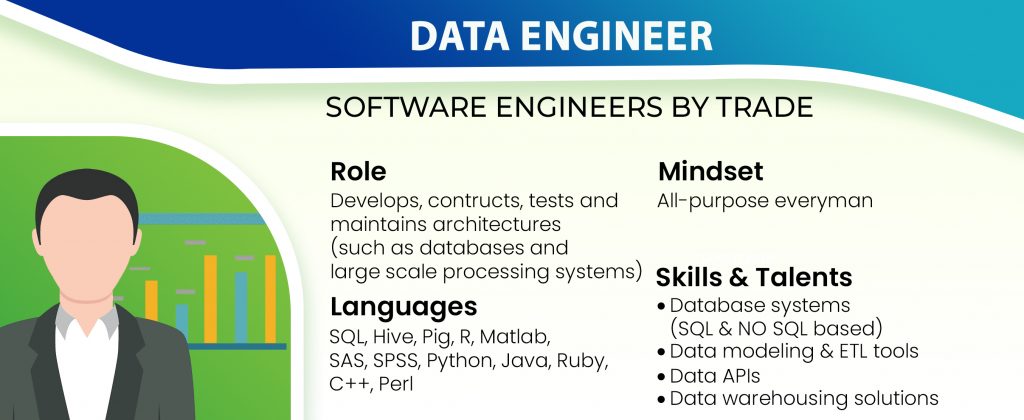
Data Analyst: Data analyst performs mining of huge amounts of data, models the data, looks for patterns, relationship, trends, and so on. They also come up with visualization and reporting for analyzing the data for decision-making and problem-solving process.
A Data Analyst interprets the data and turns it into information that can offer ways to improve a business, and thus affecting business decisions. Data Analysts also gather information from various sources and analyze patterns and trends, and a Data Analyst job description should highlight the role’s analytical nature. Once data is gathered and interpreted, the Data Analyst will report what has been found in a comprehensive study to the broader business/relevant colleagues.
For becoming a data analyst, you must be good at mathematics, business intelligence, data mining, and basic knowledge of statistics. You should also know some computer languages and tools such as MATLAB, Python, SQL, Hive, Pig, Excel, SAS, R, JS, Spark, etc.
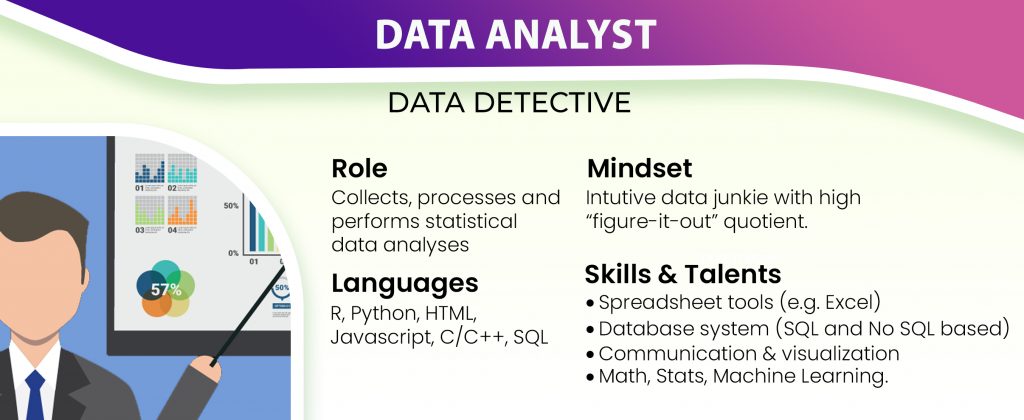
Statistician: The statistician collects, analyses, understand qualitative and quantitative data by using statistical theories and methods.
A statistician gathers numerical data and then displays it, helping companies make sense of quantitative data and spot trends and make predictions.
In the private sector, statisticians work to interpret data in a way that can enhance organizational and business strategies, for example, by understanding the changes in consumer behavior and buying trends. On the other hand, in the public sector, analyses are focused on furthering the public good; for example, by collecting and analyzing the environmental, demographic, or health data.
A Statistician requires knowledge of SQL, R, Matlab, Tableau, Python, Perl, Spark, and Hive.
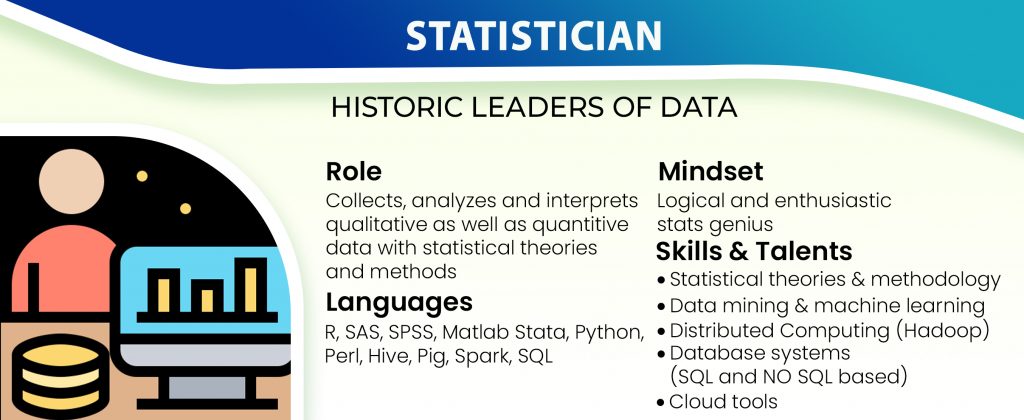
Data Architect: The purpose of a Data Architect is to build complex computer database systems that are accessible, useful, and secure. A Data Architect helps define the end use of the database and then creates a blueprint for developing, testing, and maintaining it. The job title Data Architect is often paired with Modeler or Data Engineer.
A Data Architect provides data services for enterprise information strategy solutions, works with business leaders and teams to collect and translate information requirements into data to develop data-centric solutions.
A Data Architect uses industry-accepted data architecture principles and standards for modeling, stored procedures, replication, regulations, and security, among others, to meet technical and business goals and focuses on improving data quality, accessibility, and safety.
A Data Architect works to streamline data flows and models; improve consistency, quality, accessibility, and security; unify data architecture; remove unnecessary costs, and optimize database activity across company needs.
A Data Architect requires knowledge of SQL, XML, Hive, Pig, Spark.
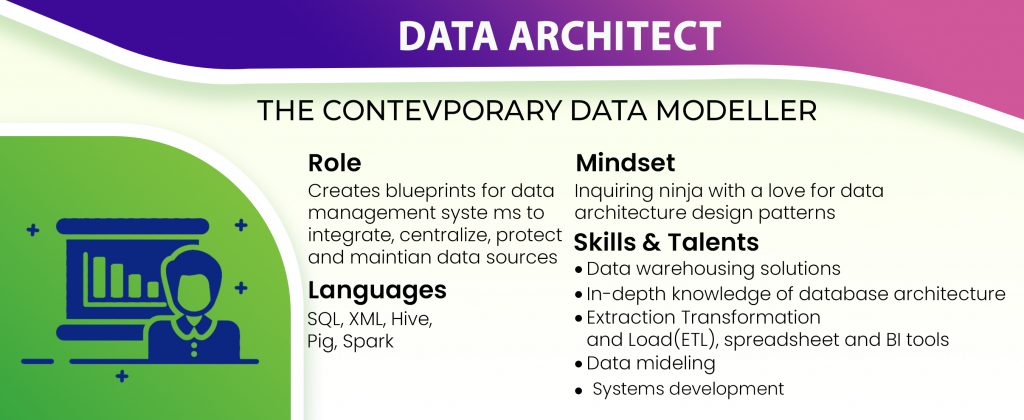
Data Admin: Data admin should ensure that the database is accessible to all relevant users and performs correctly and is safe from hacking.
A Data Admin’s primary job is to ensure that data is available, protected from loss and corruption and easily accessible as needed.
A Data Admin requires knowledge of Ruby on Rails, SQL, Java, C#, and Python.
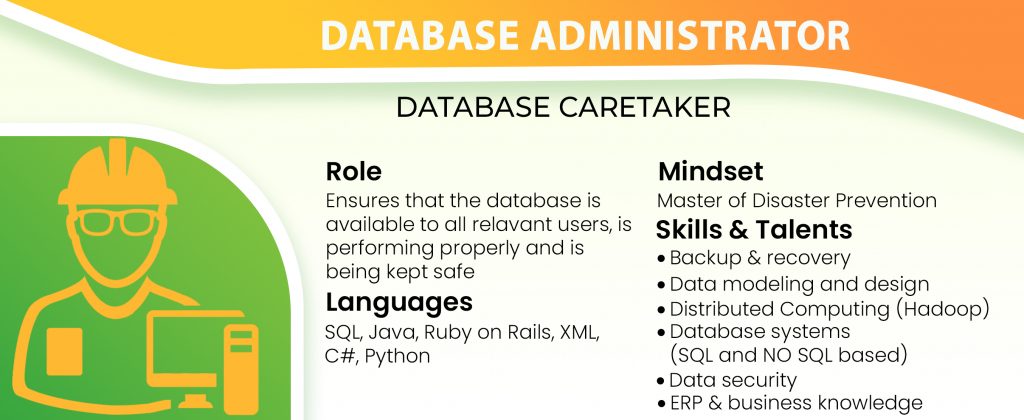
Business Analyst: This professional need to improve business processes. A Business Analyst is an intermediary between the business executive team and the IT department.
Business analysts work with organizations to help them improve their processes and systems. They conduct research and analysis to develop solutions to business problems and help introduce these systems to businesses and their clients.
A business analyst looks at how a company operates by conducting research and analyzing data to develop their knowledge – and suggest methods for improving their practices and processes. This is usually done to help the company make more money, solve existing business problems, and better achieve its goals.
It requires knowledge of SQL, Tableau, Power BI, and Python.
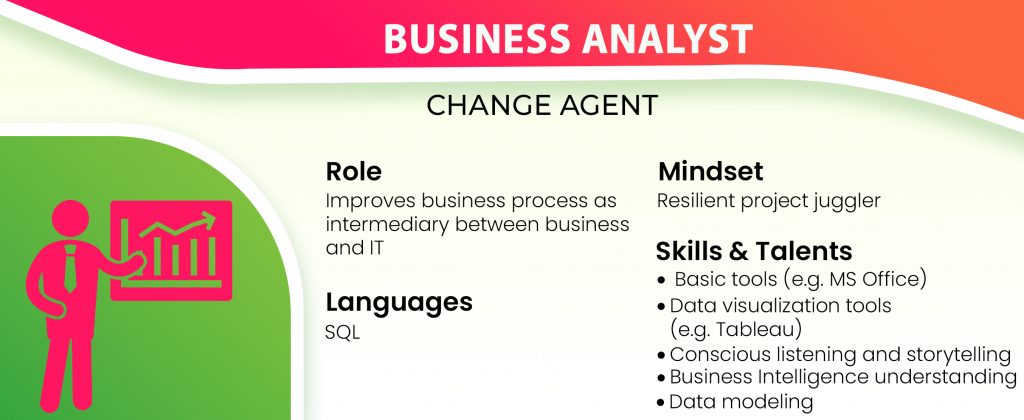
Data/Analytics Manager: Data analytics managers provide direction to a team of data analysts. They build that team, make hiring decisions, and decide where each analyst’s skills will prove most productive. They also see the work of an analytics department, ensuring its accuracy. They also take the lead in developing processes for effective data analysis and reporting.
In that regard, they must have the ability to produce understandable and actionable reports gleaned from data. Interpreting data and reporting data findings are key roles in the position.
Data analytics managers also keep up on data industry trends and the availability of upgrades to a system, advising organizational leaders when changes need to be made.
Data analytics managers require knowledge of SQL, R, SAS, Python, Matlab, Java.
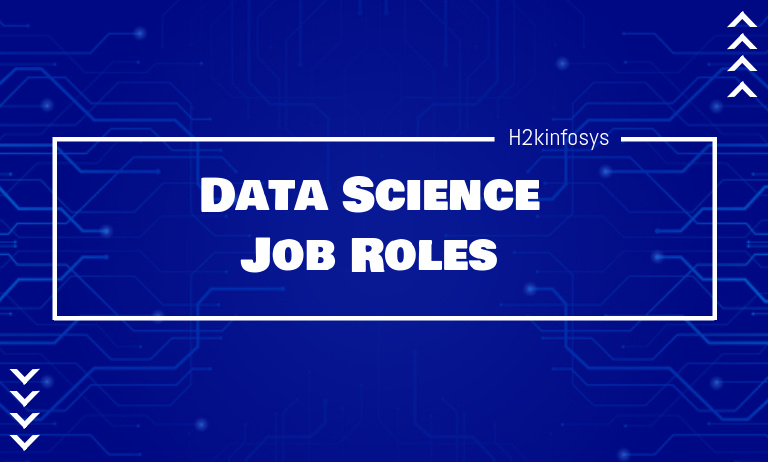








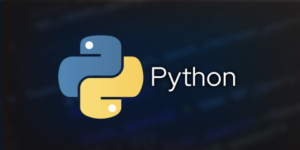
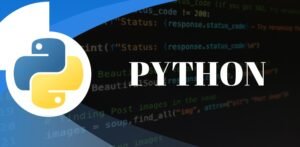



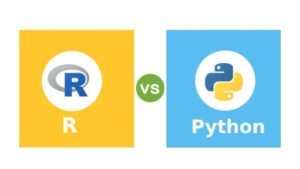
















One Response